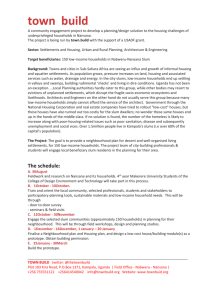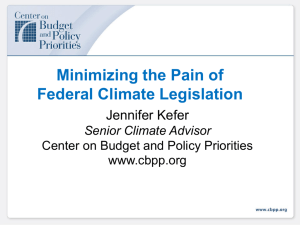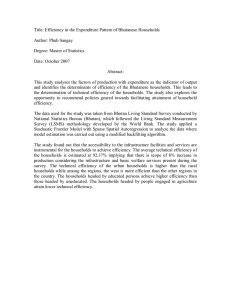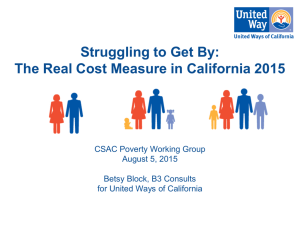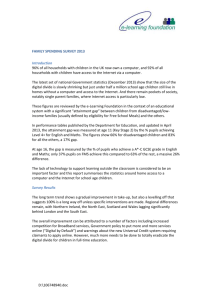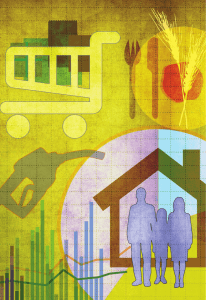At Issue:
advertisement
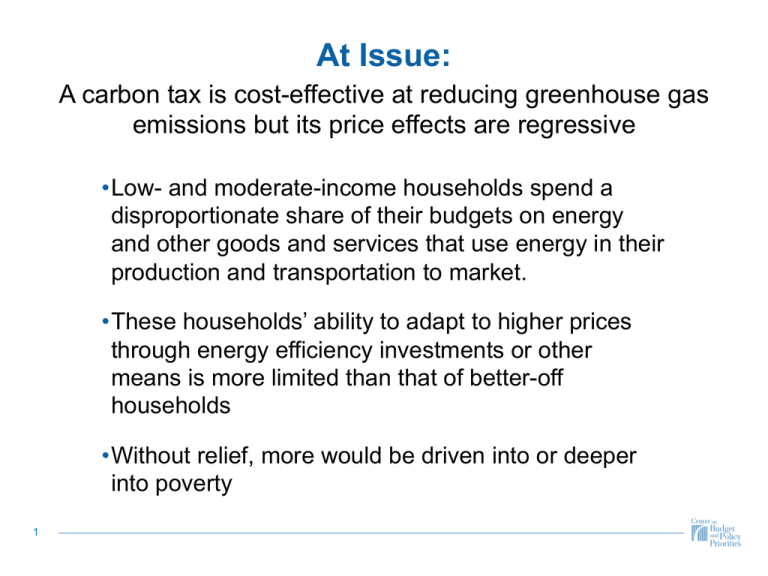
At Issue: A carbon tax is cost-effective at reducing greenhouse gas emissions but its price effects are regressive • Low- and moderate-income households spend a disproportionate share of their budgets on energy and other goods and services that use energy in their production and transportation to market. • These households’ ability to adapt to higher prices through energy efficiency investments or other means is more limited than that of better-off households • Without relief, more would be driven into or deeper into poverty 1 Low-income Protection in Theory “Well-designed carbon-tax legislation can generate enough revenue to fully offset the hit to the most vulnerable households’ budgets from higher energy prices, cushion the impact for many other households, and leave plenty to spare for other uses (whether deficit reduction, tax reform, or spending for other public purposes).” 2 Some Key Principles Low-income cash rebates are the best way to provide relief in accordance with the following principles: • Do no harm: fully offset the effect on low- and moderate-income households as a group • Achieve the broadest possible coverage • Minimize red tape by using proven delivery mechanisms • Adjust for family size • Cover all costs (direct and indirect) 3 • Preserve economic incentives to reduce energy use efficiently An Illustration from Waxman-Markey Low-income rebates offset regressive price effects of pricing carbon • Yellow bars show percentage “hit” to household income from price effects (by income quintile) • Blue bars show financial relief from use of revenues • Red dots show net effect on household income 4 Low-Income Protection in Practice A three-pronged delivery mechanism using existing tax and benefit systems can deliver a lump sum rebate to a very high percentage of low-income households. • Lower-­‐income working households would receive rebates through a refundable income tax credit similar to the Earned Income Tax Credit. • Beneficiaries of Social Security and certain other federally administered benefit programs would receive them as supplements to their regular payments. • Very-­‐low-­‐income households would receive them through state human services agencies using the electronic benefit transfer (EBT) system already used to deliver SNAP (food stamp) benefits. 5 Coverage and Coordination CBPP estimates that almost 95 percent of households in the bottom fifth would be reached automatically • No single mechanism would reach more than about half of these households, but only a bit over 5 percent would not qualify for any rebate. • CoordinaLng mechanisms among the IRS, the Social Security AdministraLon, and State Human Service agencies would be set up to avoid receipt of mulLple rebates. • The EBT mechanism is criLcal to achieving high coverage 6 Key Takeaway “The EBT mechanism is particularly important for lowincome families with children. About one-third of all lowincome households with children would receive no rebate at all or only partial rebates if this mechanism were not employed.” 7 Chad Stone stone@cbpp.org @chadcbpp www.cbpp.org 202.408.1080

